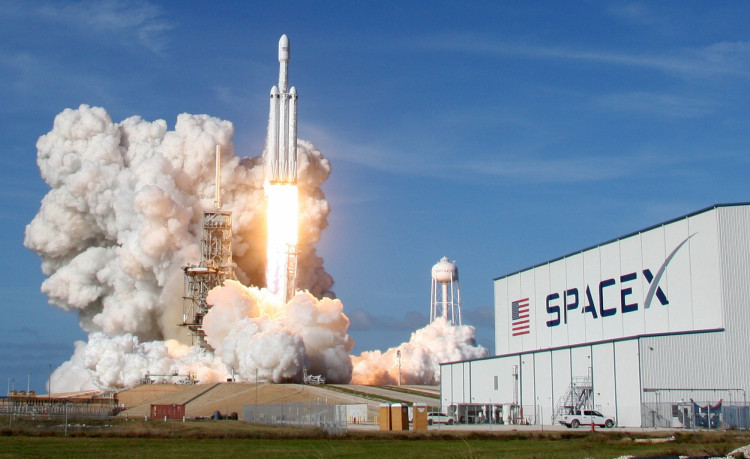NASA's aging space telecoms constellation has managed to keep the International Space Station linked to Earth for decades, and Elon Musk's SpaceX is one of the companies that could replace it.
When you think of Musk, you probably think of his electric car company Tesla, his space exploration company SpaceX, and his attempt to take over Twitter.
Musk's Twitter account has over 35 million followers and his announcement had been retweeted 34,000 times and liked 433,900 times by Tuesday morning, or his time hosting Saturday Night Live. You might only recognize him as one of the world's wealthiest people.
Starlink, a company that intends to offer web access to almost anyone on the planet via a growing network of private orbiting satellites overhead, is a company you may be less familiar with.
Thousands of Starlink satellites have been deployed into the constellation by SpaceX throughout dozens of successful launches, the most recent of which was on April 21 and delivered another 53 satellites into low-earth orbit. The overall number of satellites launched now stands at 2,388, with more than 2,000 of them appearing to be operational constellation members.
For decades, NASA's Tracking and Data Relay Satellite (TDRS) constellation has acted as the main link between the International Space Station and Earth, allowing astronauts to maintain contact with ground control while also engaging with the public and keeping in touch with loved ones.
The American space agency, however, intends to retire the six aging satellites over the next decade and delegate their operations to commercial firms. This month, the agency announced collaborations with six commercial satellite operators, including SpaceX in the United Kingdom. Inmarsat, American Viasat, and Switzerland-based SES will demonstrate how they can meet NASA's future space communication needs.
Starlink is the best fit for areas of the globe where connectivity has historically been such a challenge because it is not constrained by traditional ground infrastructure, Starlink can ensure great broadband internet to areas where it has previously been unreliable or inaccessible.
Starlink's service is currently only available in a few areas in the U.S., Canada, and other countries, but the company has shipped over 100,000 satellite terminals to clients, and the coverage map will continue expanding as more satellites join the constellation. Starlink hopes to eventually cover the entire planet with a usable, high-speed Wi-Fi signal.
The project is part of NASA's long-term plan to turn over most low-Earth orbit operations to private companies. Northrop Grumman and SpaceX have already provided logistics and crew transport services to NASA, with Boeing expected to follow suit later this year.


